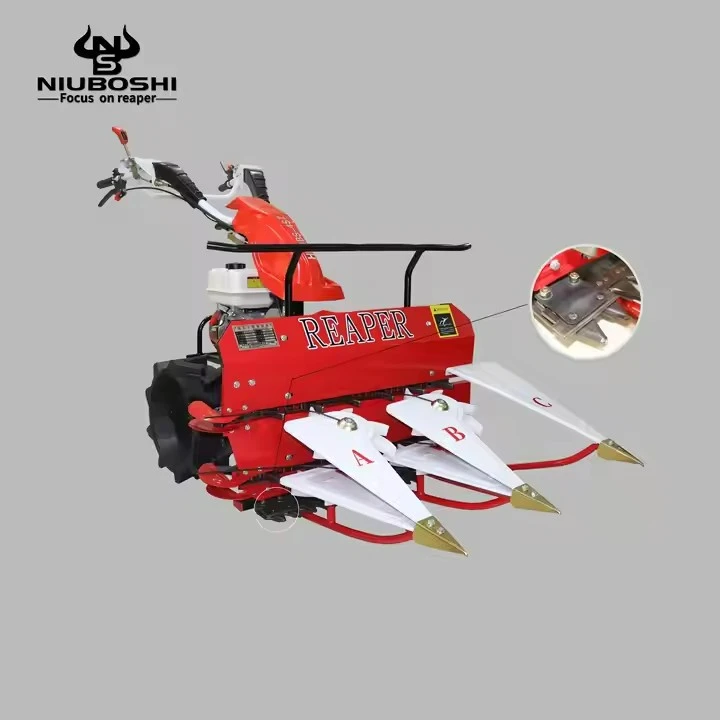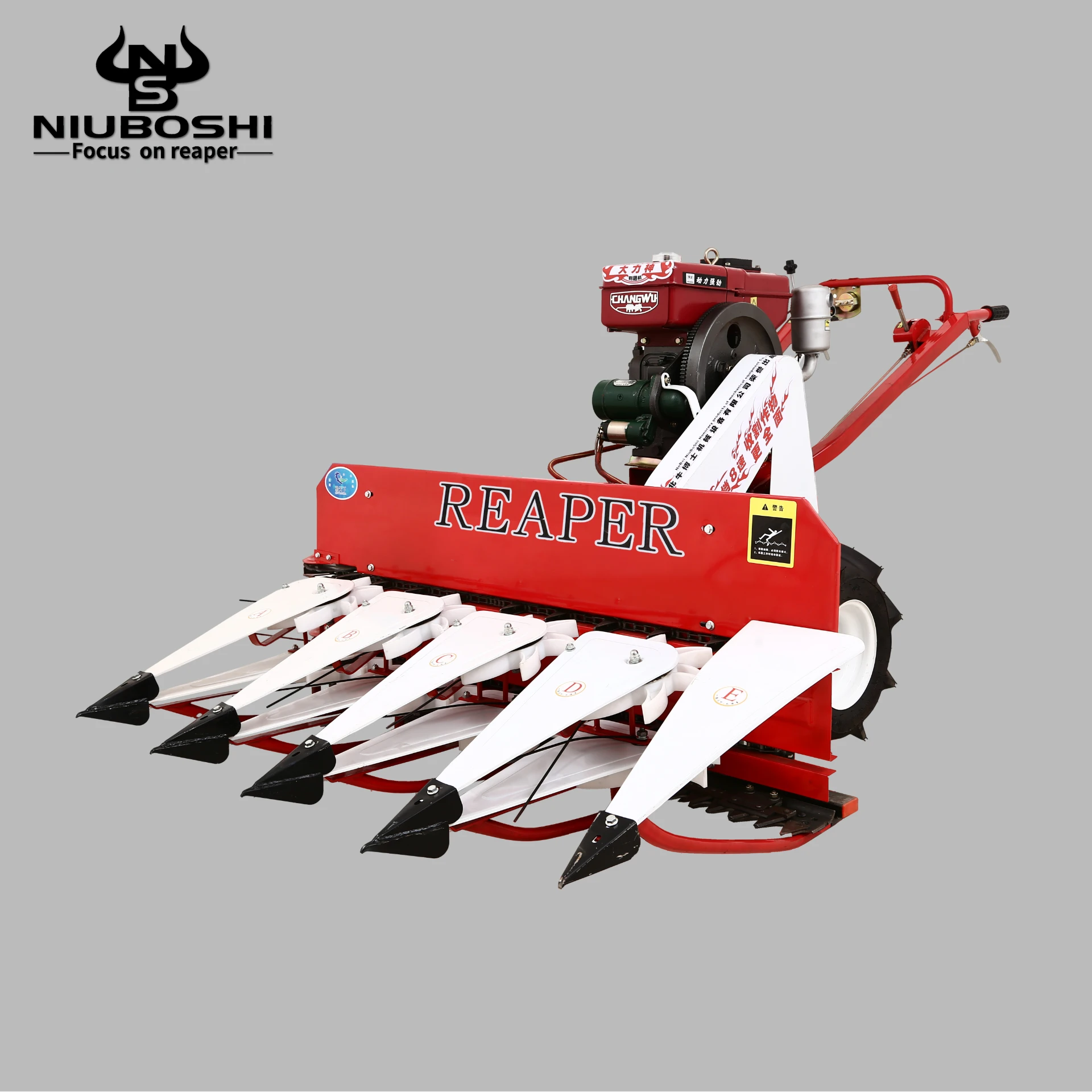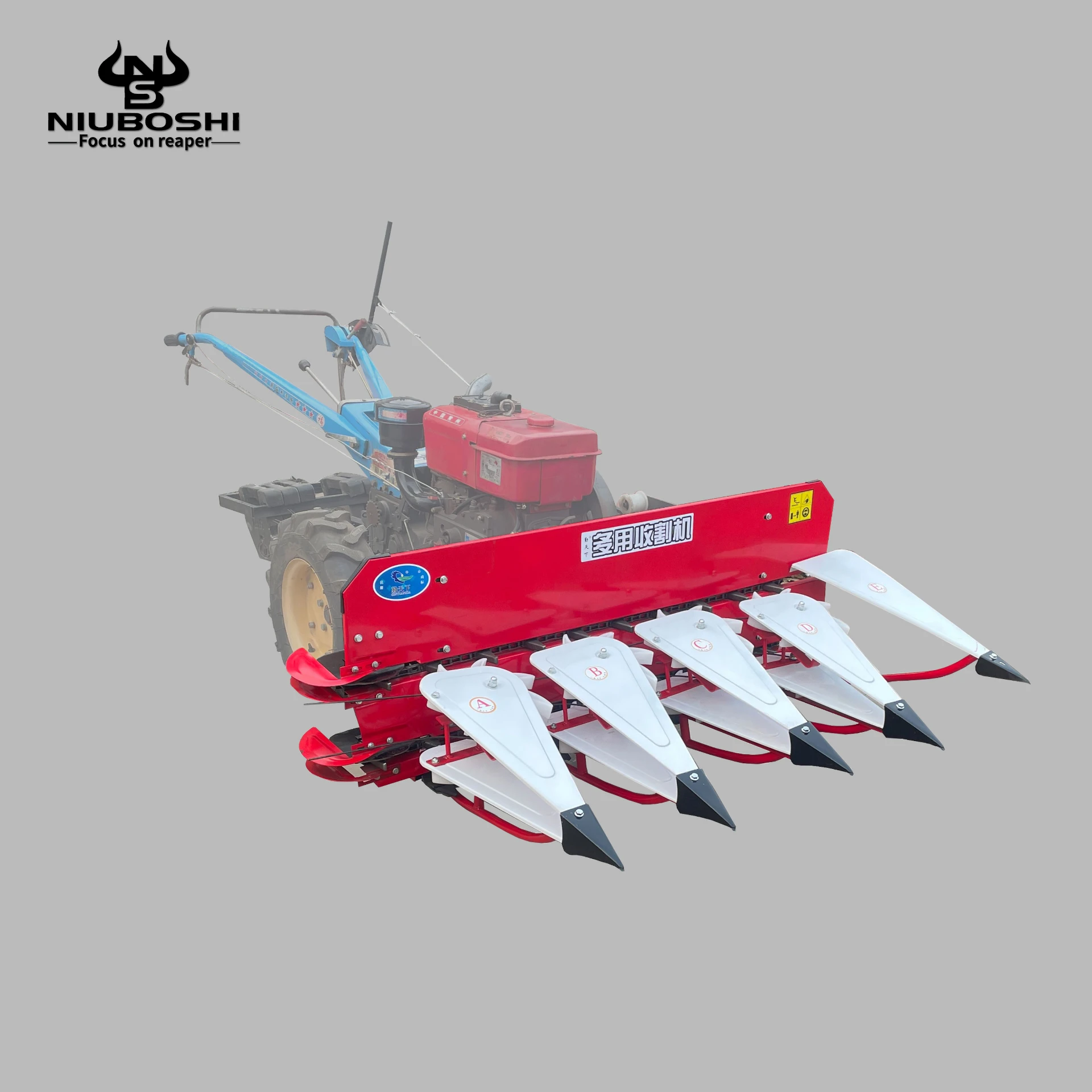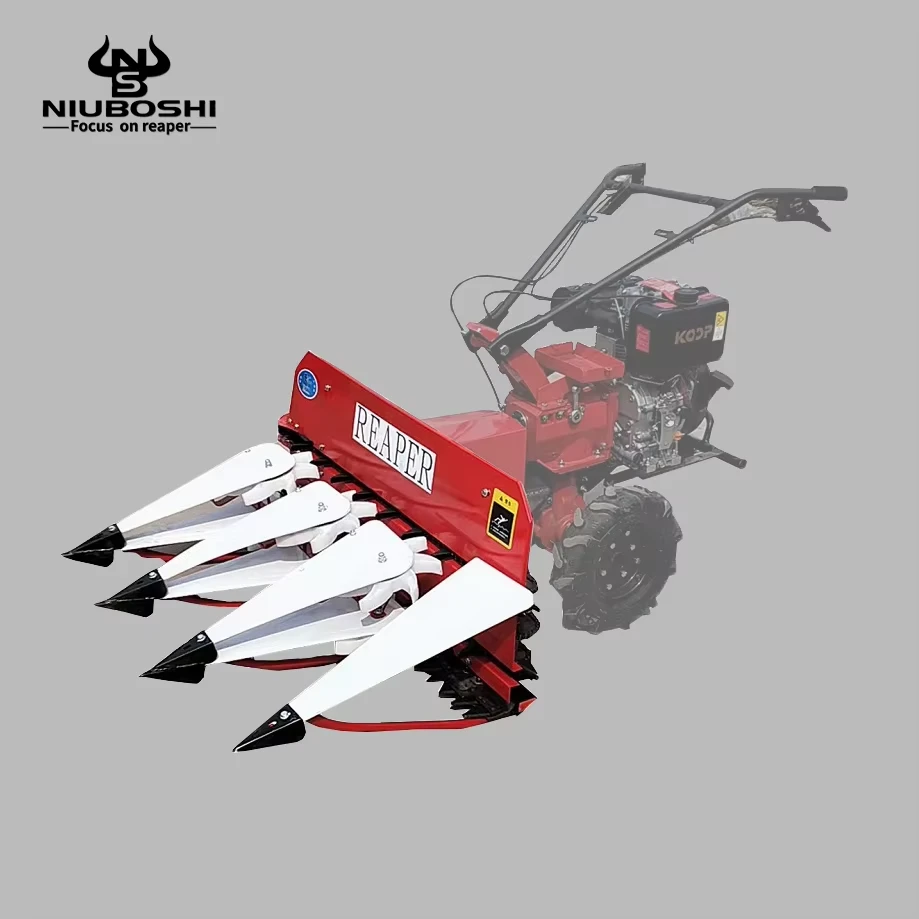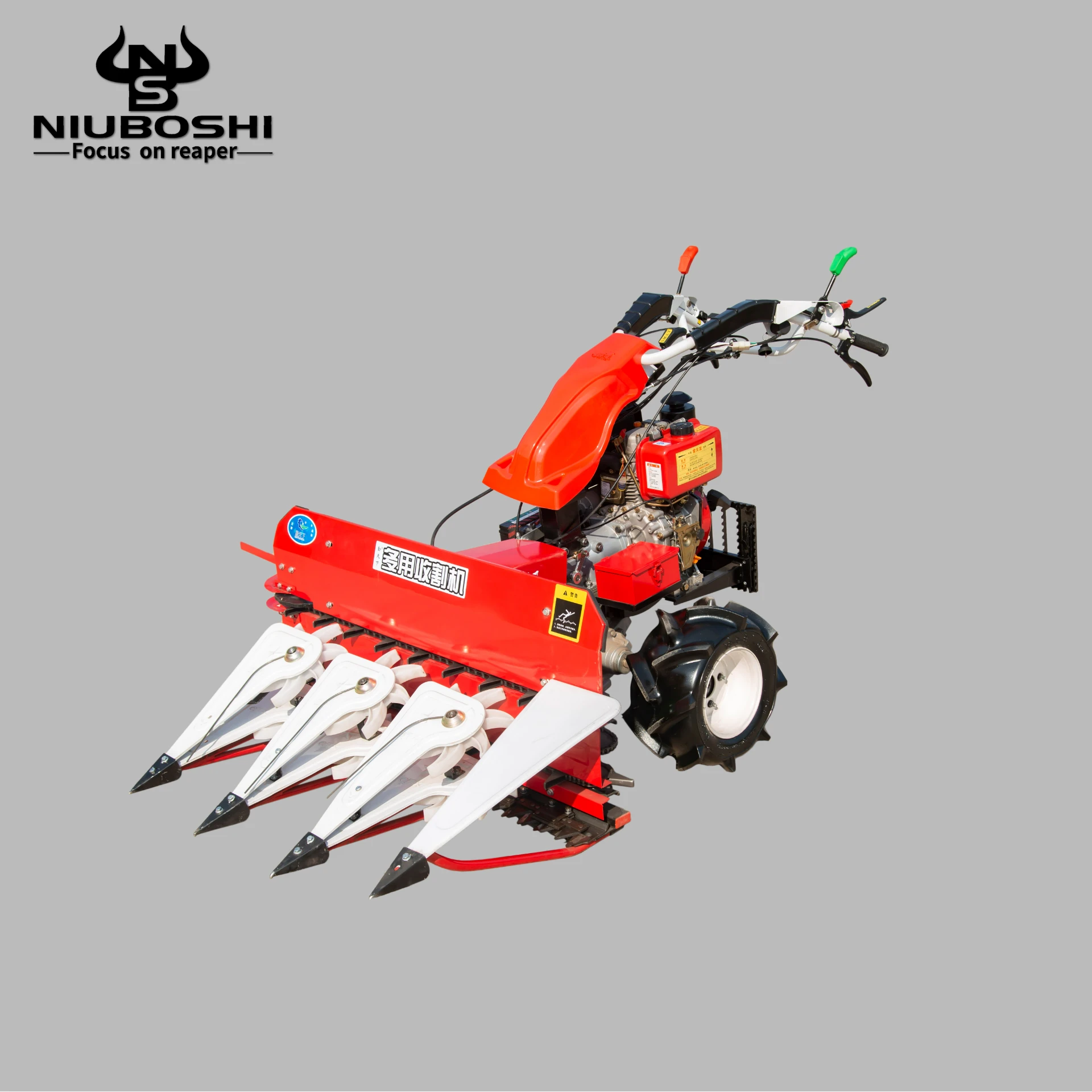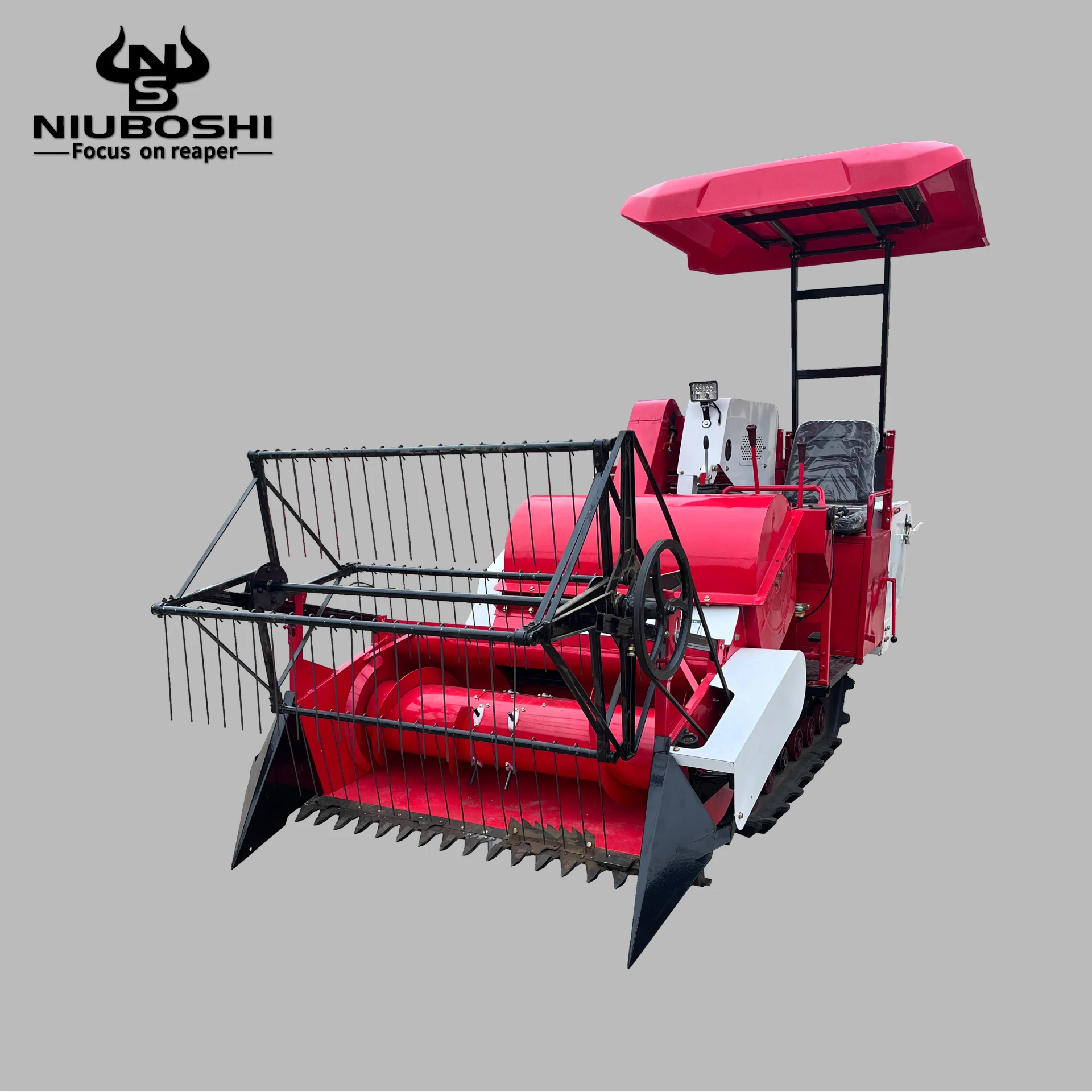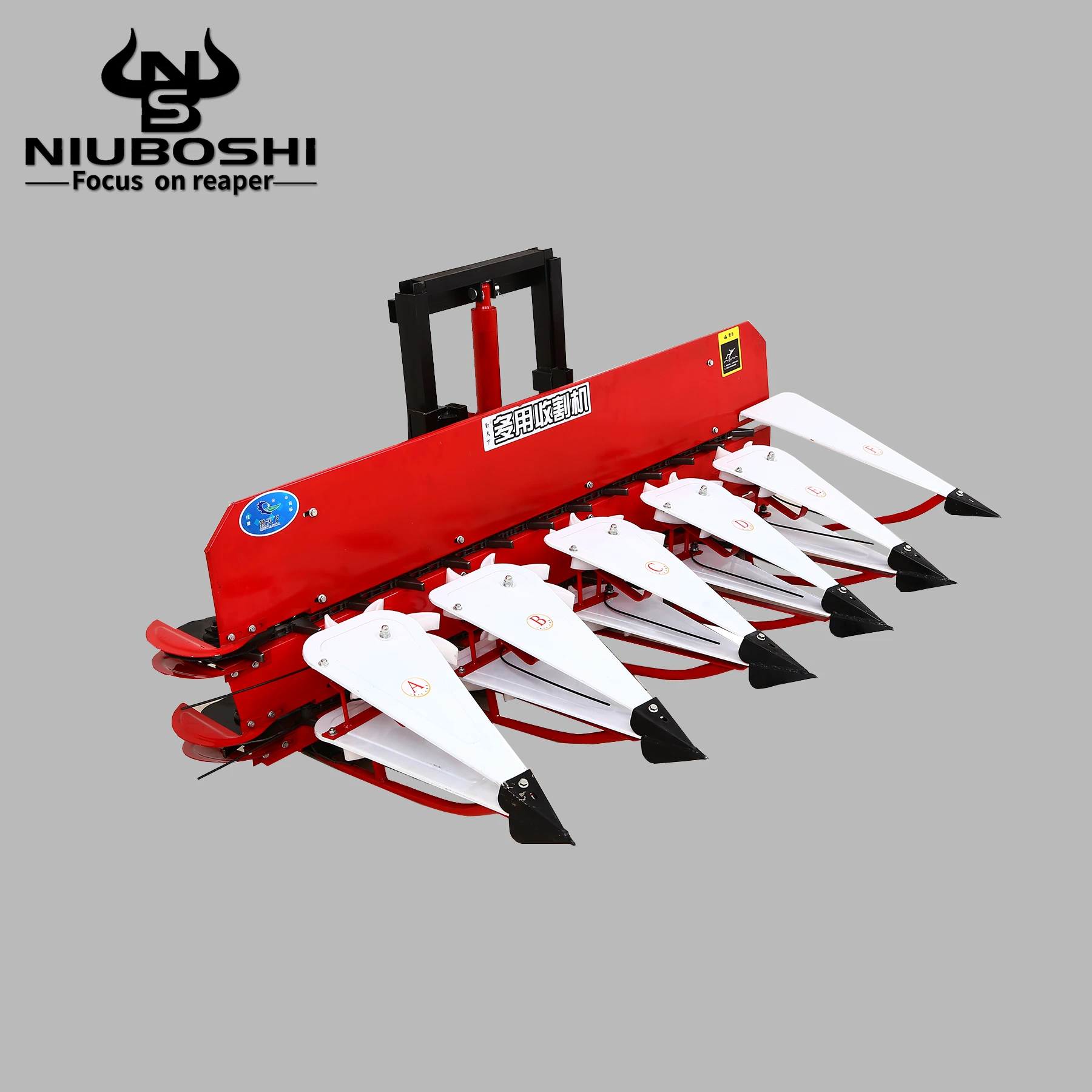Understanding the Cost Factors of Reaper Machines in Modern Agriculture
The Price of Reaper Machines An Exploration of Cost Factors and Market Trends
In the modern agricultural landscape, the reaper machine plays a crucial role in enhancing efficiency and productivity. Farmers increasingly rely on these machines for efficient harvesting, reducing labor costs, and maximizing yield. Understanding the price of reaper machines is essential for farmers, suppliers, and stakeholders in the agricultural industry as it reflects not only economic conditions but also technological advancements and market trends.
Historical Context
Historically, harvesting was a labor-intensive process, often requiring large teams of workers to gather crops by hand. However, with the advent of mechanization, the introduction of reaper machines revolutionized agriculture. These machines allowed farmers to harvest crops more quickly and efficiently, changing the dynamics of food production. Over the years, the evolution of reaper technology has led to a diversified range of machines, each designed for specific types of crops and field conditions.
Factors Influencing the Price
Several factors contribute to the price of reaper machines, including technology, size, brand, and regional market dynamics
.1. Technology Innovations in technology have significantly impacted reaper machine prices. Newer models equipped with advanced features like GPS navigation, automated controls, and improved cutting mechanisms often come at a premium price. For instance, smart technology integration allows for more precise harvesting and better data collection, which can justify higher initial investments based on long-term savings and improved efficiencies.
2. Size and Capacity The size of a reaper machine greatly influences its cost. Smaller, manual reapers are more affordable and suitable for small-scale farmers, typically priced between $2,000 to $5,000. In contrast, larger, more powerful harvesters designed for extensive fields can range from $30,000 to over $200,000, depending on their capacity and additional features. Farmers must assess their specific needs, harvest size, and budget when selecting a machine.
3. Brand and Quality Like many products, brand reputation plays a critical role in pricing. Established brands known for reliability and performance, such as John Deere, Massey Ferguson, and New Holland, often command higher prices due to their proven track record and customer service support. However, newer or lesser-known brands may offer competitive pricing to penetrate the market, which can be appealing for cost-conscious farmers.
price of reaper machine
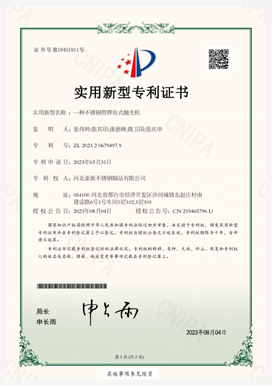
4. Regional Market Dynamics The agricultural market is inherently localized. Prices can vary significantly based on geographical location, demand, and local economic conditions. In regions with high agricultural output or booming markets, prices may be elevated due to demand, while in less populated areas, prices may be more competitive to attract buyers. Additionally, currency fluctuations and import tariffs can also affect the pricing structure, particularly in regions reliant on imported machinery.
Market Trends
The market for reaper machines continues to evolve, influenced by several trends
1. Sustainability There is a growing focus on sustainable farming practices. As such, manufacturers are developing eco-friendly machines that consume less fuel and produce lower emissions, which can lead to higher prices but may offer long-term savings and ecological benefits.
2. Used Machinery Market The availability of used reaper machines provides a more affordable option for many farmers. The second-hand market allows for significant cost savings, although purchasers must carefully evaluate the condition and history of the equipment.
3. Leasing Options Alternative financing options, such as leasing, have become increasingly popular among farmers. Leasing allows farmers to access new technology without the hefty upfront costs, making advanced reaper machines more accessible.
4. Government Incentives Many governments offer subsidies or financial assistance for purchasing agricultural machinery to boost local farming economies. Understanding these programs can help farmers capitalize on potential savings when investing in reaper machines.
Conclusion
The price of reaper machines is influenced by an array of factors that reflect both the agricultural industry's dynamics and broader economic conditions. As farming becomes increasingly mechanized and technology-driven, understanding these cost factors is vital for making informed purchasing decisions. By considering technology, size, brand reputation, and market trends, farmers can strategically invest in reaper machines that align with their operational needs and financial situations. In doing so, they not only enhance their productivity but also contribute to the broader goal of sustainable and efficient agriculture.
Latest news
-
Mini Combine Harvester for Soybean | Compact & Efficient Soybean Harvesting SolutionsNewsNov.24,2025
-
Mini Combine Harvester for Paddy – Compact, Efficient Rice Harvesting SolutionsNewsNov.24,2025
-
Mini Chain Harvester: Compact Forestry Solutions for Sustainable LoggingNewsNov.23,2025
-
Kartar Mini Harvester – Compact, Efficient Harvesting Machinery for Small FarmsNewsNov.23,2025
-
Compact Power: Elevate Your Farming with Harvesting Machine SmallNewsNov.22,2025
-
Discover the Power and Potential of Harvester Mini Combine Machines | Efficient Small-Scale HarvestingNewsNov.22,2025

